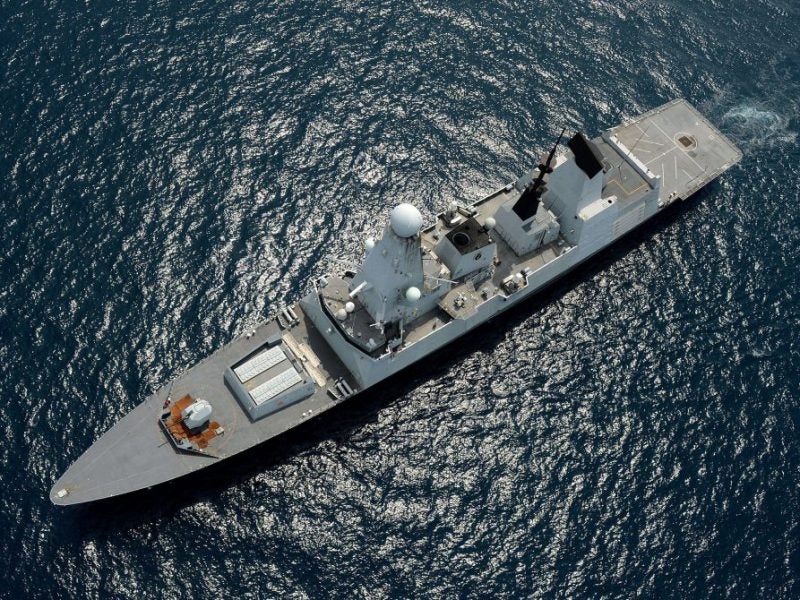
Current Status of the Royal Navy Surface Fleet Availability Hits 82%
Last year, Secretary of State for Defence Ben Wallace ordered the heads of the Armed Forces to each find and fix one issue in their domain before the MOD would ask the Treasury for asking funding, as a way of proving the department can manage its budget effectively.
In the case of the Royal Navy, this meant fixing availability issues with the existing fleet before requesting the budget to build new ships. In the written response, the MOD said that First Sea Lord (1SL) had increased surface fleet availability to 82% and added that this was projected to increase over the course of the year.
The MOD said: “In meeting this priority, 1SL has refocused the Royal Navy on their contribution to defence outputs and is driving greater levels of productivity from his force; 82% of the surface flotilla is now available, reflecting an arrest of declining numbers, and availability is projected to keep increasing over the next six to 12 months.”
The availability of frigates and destroyers became a focus of the navy after refits and maintenance for several ships saw delays. Wallace said in October that a quarter of the Royal Navy’s fleet could not be put to sea, straining the ability for it to meet operational demands. At the time, just half of the Royal Navy’s six Type 45 Destroyers were available.
Laying down the priority last October, Wallace told the Defence Committee: “If I had more of our current fleet working then I would have much more freedom to deploy to meet some of our ambitions and tasks.
“I’ve made it very clear to the First Sea Lord one of my priorities is to get what we’ve got working.”
Improving the availability of the fleet, Wallace said, was crucial to the Royal Navy securing future funding from the Treasury to expand its fleet.
The MOD’s response added that the fleet has continued to expand with the commissioning of the UK’s Second Aircraft Carrier HMS Prince of Wales and the introduction of ‘new Royal Fleet Auxiliary shipping.’
Impact of Covid-19
The committee also asked whether Covid-19 had affected or impacted the goals outlined by Wallace. Responding to this the MOD said that the risk minimisation strategy for its workforce while maintaining output had been ‘successful’.
The MOD said that in the early stages of the pandemic naval industrial capability on the south coast dropped to 35% and 55% at Faslane, Scotland, but added that this capability had slowly recovered as the country got to grips with the spread of the pandemic.
The MOD said: “It is acknowledged that Covid-19 is impacting on shipbuilding and refit programmes. While appropriate Covid-compliant working practices have been introduced to allow production to continue in accordance with government advice, any modified working practices are, understandably, likely to be less efficient than pre-Covid.”
In terms of infection rates across the Royal Navy, the MOD said that ‘precautions and protocols implemented in establishments and on ships’ had been successful, ensuring that infection rate across the force ‘remained extremely low’. Of all three branches of the Armed Forces, the Royal Navy has registered the least tested positive cases of Covid-19.
As of the 31 May only 297 service people had tested positive for Covid-19 out of 2,909 tested. Of the positive cases, there were 45 in the Royal Navy, 203 in the British Army and 49 in the Royal Air Force.



